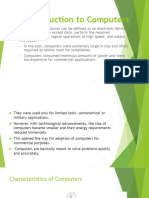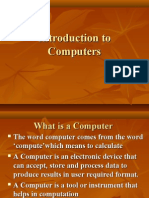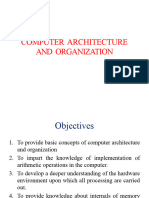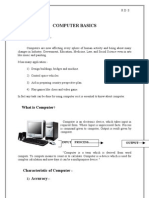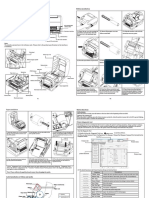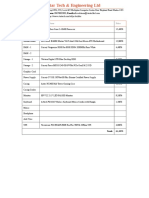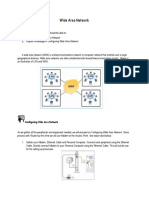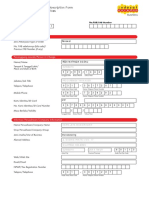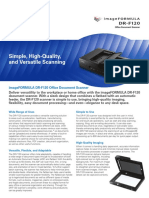100% found this document useful (1 vote)
100 views43 pagesChapter-1 Introduction To Computers
Introduction to computer os
Uploaded by
suhaskoparde890Copyright
© © All Rights Reserved
We take content rights seriously. If you suspect this is your content, claim it here.
Available Formats
Download as PDF, TXT or read online on Scribd
100% found this document useful (1 vote)
100 views43 pagesChapter-1 Introduction To Computers
Introduction to computer os
Uploaded by
suhaskoparde890Copyright
© © All Rights Reserved
We take content rights seriously. If you suspect this is your content, claim it here.
Available Formats
Download as PDF, TXT or read online on Scribd
/ 43
